
Environment
Natural Trust Formby plan to restore natural sand dune habitats takes step forward
3 years ago
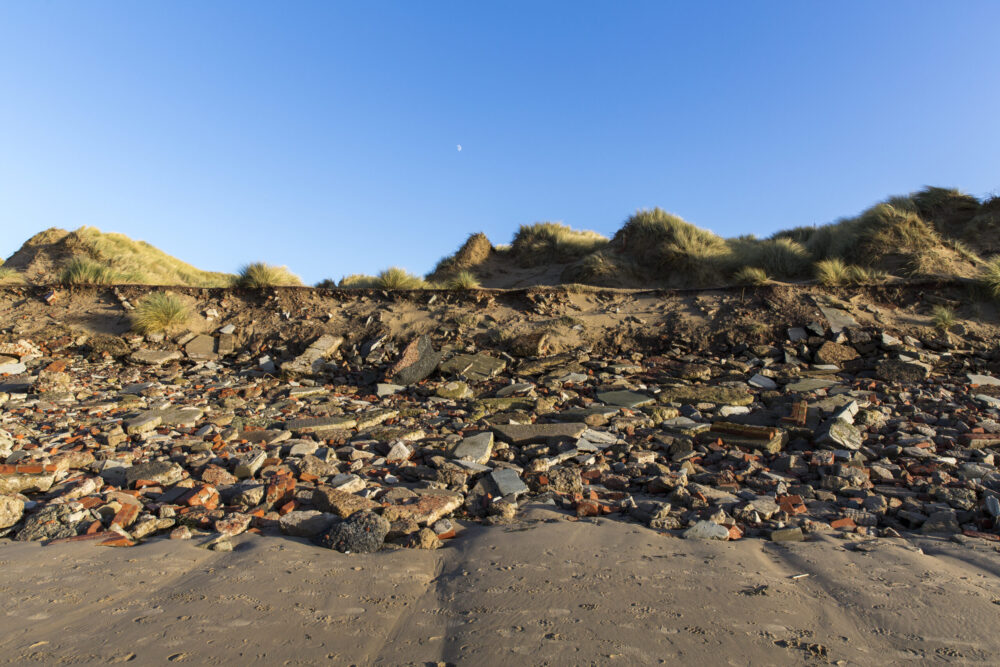
The National Trust’s plan to restore natural sand dune habitats at Victoria Road by removing the existing beach car park and associated construction rubble, has now been submitted to Sefton Council.
Under the plan, most of the unsightly rubble at National Trust Formby would be re-used to create a replacement car park further inland.
If planning permission is granted it is anticipated that work at would potentially start on site late 2023.
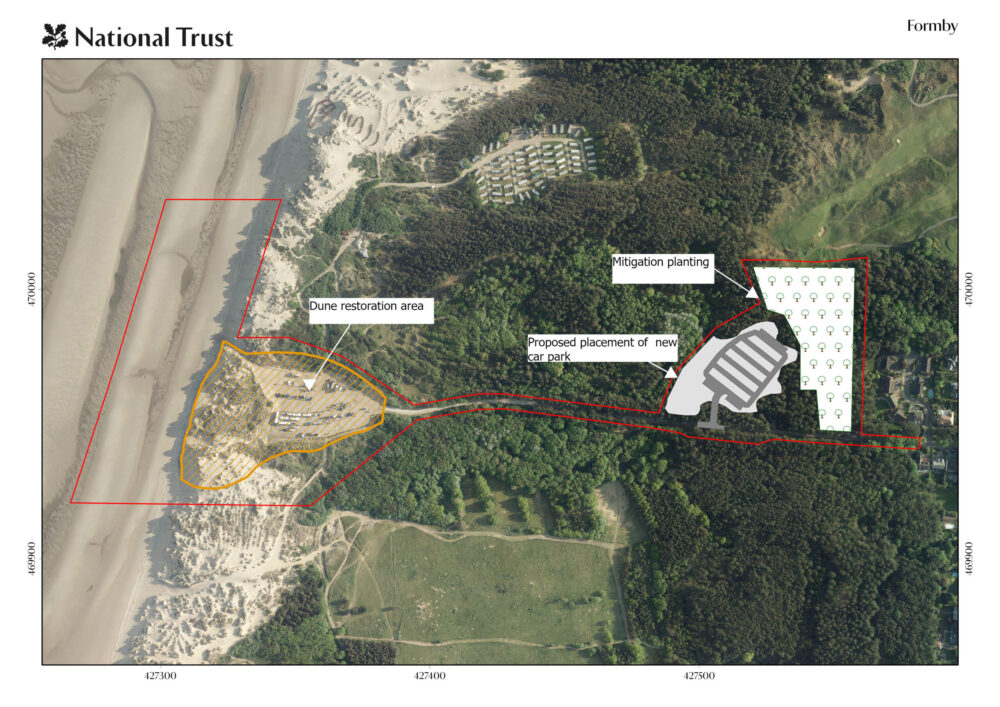
Kate Martin, Lead Ranger for the National Trust’s Formby and Central Lancashire properties said:
“Areas of naturally shifting sand create special habitats for rare sand dune wildlife, including natterjack toads and sand lizards. We also know that natural sand dunes can offer really good protection for coastal communities, acting as a natural sea defence if they’re given the space to shift and change over time. The old construction rubble is creating a barrier and stopping natural sand movement”.
“This conservation project will help us restore Formby’s sand dunes to their natural state and re-connect important habitats, creating space for wildlife to thrive – it feels like a huge step forward for this special place.”
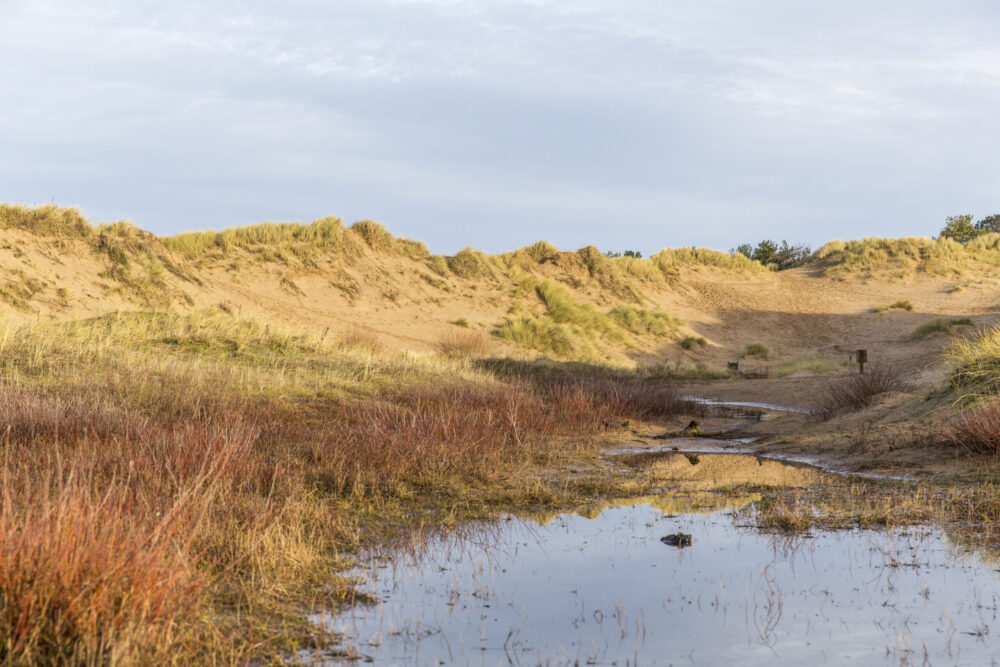
Regular visitors to Formby’s coastline will be familiar with the sight of rubble on the beach at Victoria Road. The rubble is all that remains of the old Harington Barracks, which were demolished after WW2. The demolition rubble was used to form the foundations of the current beach car park. Natural processes that create Formby’s shifting shoreline mean that each year more rubble is being exposed.
This project aims to solve the long-standing problem of the potentially hazardous and unsightly rubble that is spilling out on to the beach. The plan also provides a solution for the Victoria Road beach car park which, since it was built in the 1980s, has seen around 1/3 of its car parking spaces reclaimed by the natural environment and continues to lose approximately eight car parking spaces a year.

The Trust’s creative solution would see the rubble processed and reused on site to form the foundations of a replacement car park, further away from the sand dunes. This car park would create a long-lasting car parking solution for visitors at Victoria Road [1]. The car park would hold the same number of cars, but spaces would be more defined with an improved turning circle, making parking more efficient and improving traffic flow on and off the site.
Vicky Blane, General Manager for the National Trust’s Formby and Central Lancashire properties said:
“This project is part of the National Trust’s long-term goal to look after this very special part of the Sefton Coast for future generations, and create habitats for the wildlife that calls Formby home. Due to the complex nature of the site this project has been a long time in the planning. We’re now ready to share our plans for Victoria Road, with a solution that will bring benefits for both wildlife and people.
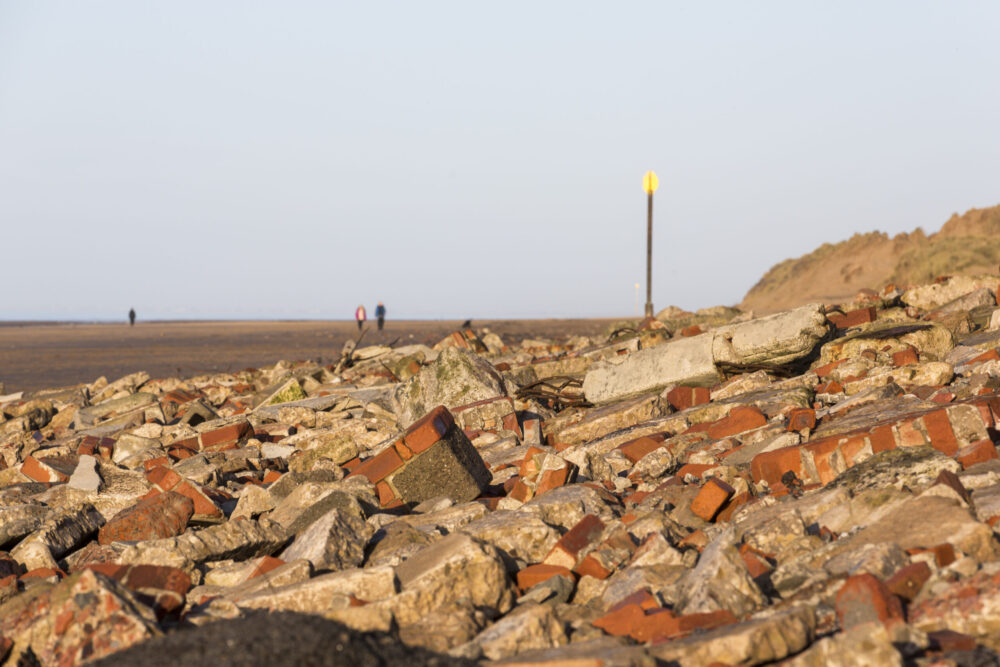
“I’m particularly thankful to the Formby residents who have shared their views with us on our conservation work in recent years. That feedback has helped to shape this project and several others. Our team have also worked closely with conservation experts throughout to assess and minimise the impact this work would have on Formby’s precious wildlife, people who love to visit and neighbouring residents.
“Temporary planning permission for 25 years will allow us the time to restore the site and assess the success of the replacement car park. We’re thrilled to have reached this point having explored several options and are hopeful that the application will be successful. Our vision is to create a more natural space for everyone to enjoy and healthier sand dune habitats where rare wildlife can thrive.”
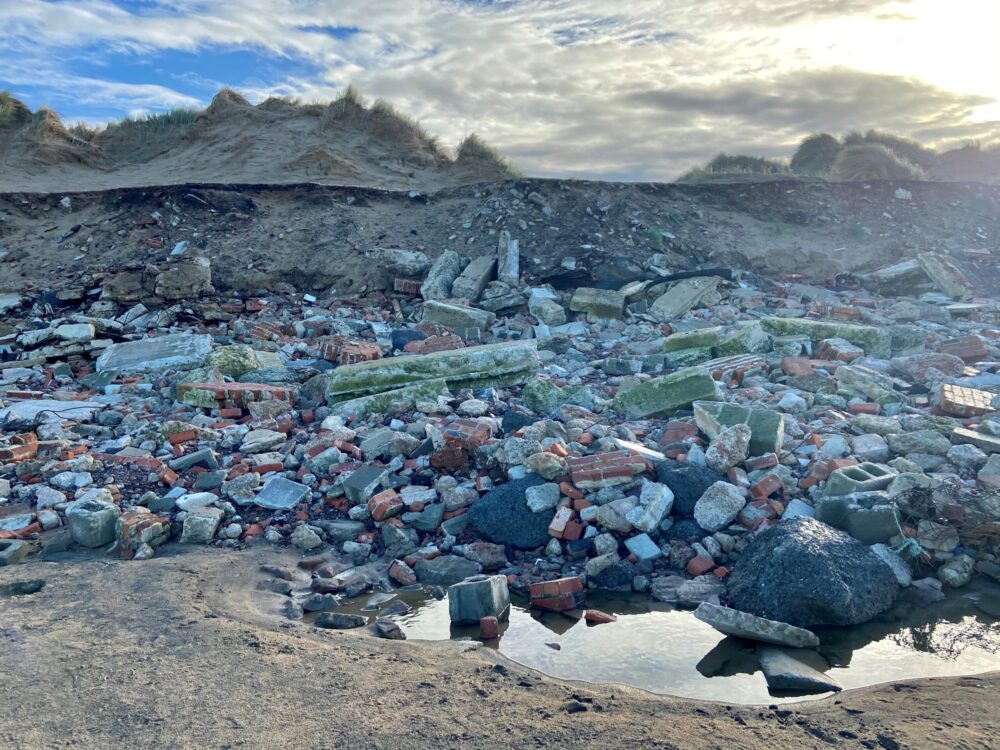
The dune restoration element of this project is part of a wider programme of conservation work happening at National Trust Formby through the UK-wide £10m Dynamic Dunescapes [2] project funded by National Lottery Heritage Fund and EU LIFE Programme, which is based on the pioneering idea that dunes which move and change shape are better for nature than those which are stable. The National Trust is funding the remainder of this conservation project, thanks to the support of National Trust members and visitors.
Details of the full planning application can be found on the Sefton Council website here.


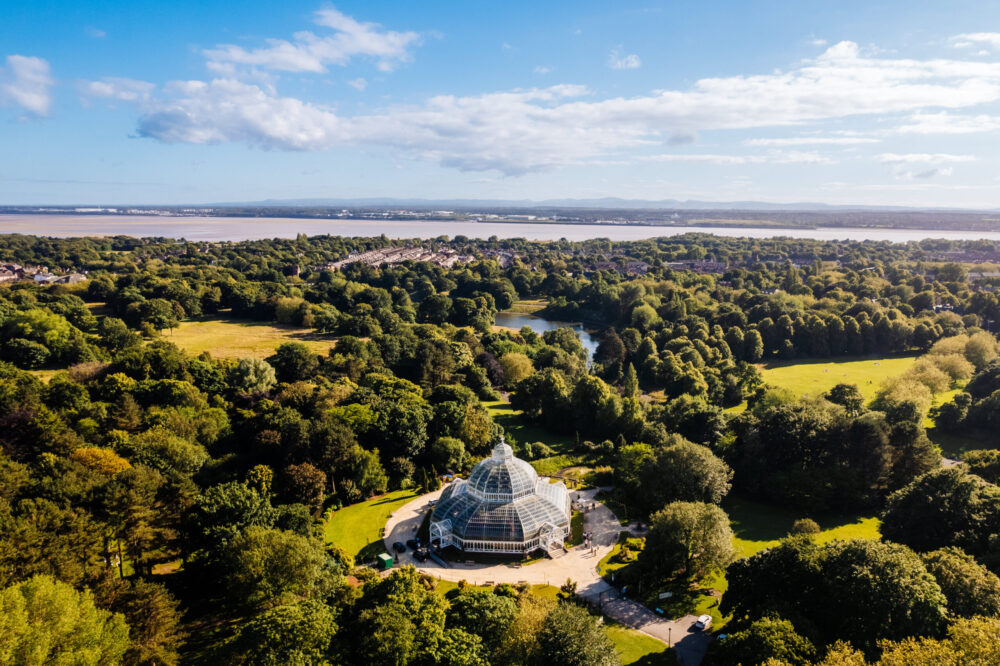

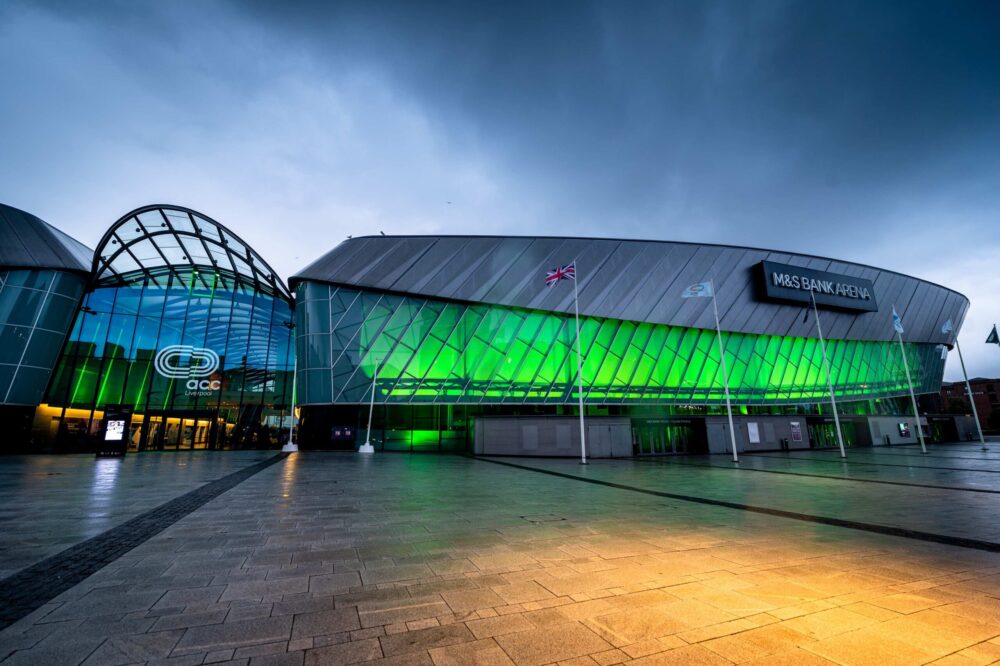
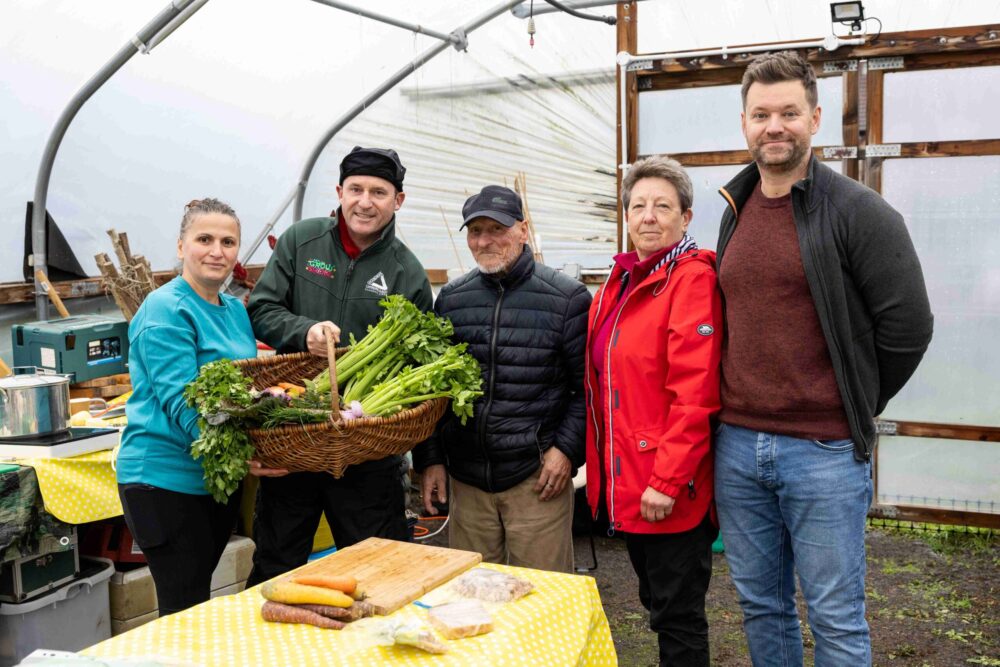

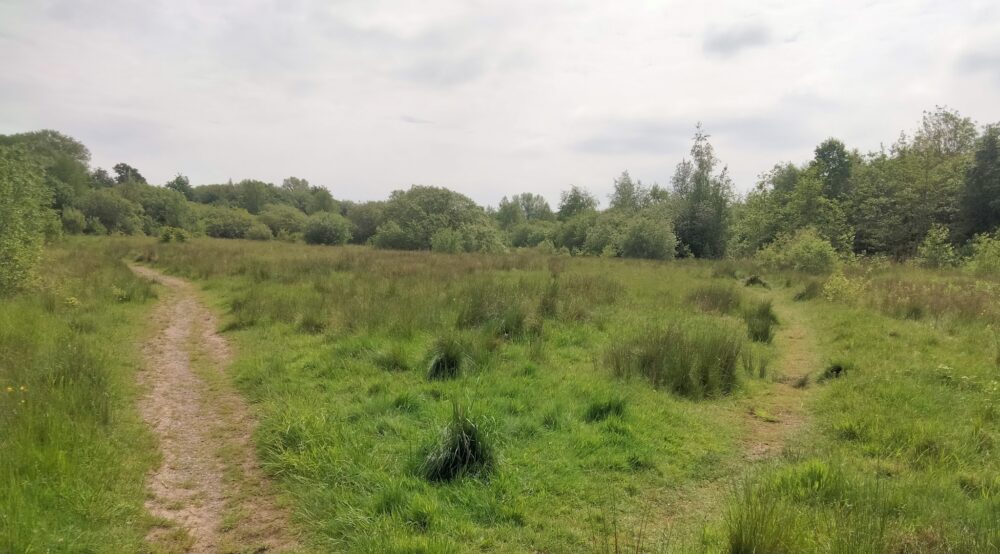
 Subscribe
Subscribe Follow Us
Follow Us Follow Us
Follow Us Follow Us
Follow Us Follow Us
Follow Us Follow Us
Follow Us











